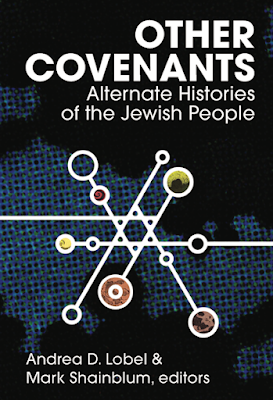A Medieval Counterfactual: The Black Death and the Jews
I’m struck by how often I run across
counterfactuals in primary sources that I’ve taught for years without noticing
their presence. A notable example that I recently found appears in the description of an infamous episode of medieval anti-Semitism,
“The Cremation of Strasbourg Jewry St.
Valentine's Day, from February 14, 1349. As documented in the
Middle High German chronicle of the Strasbourg historian, Jacob von Königshofen
(1346-1420), the description contains the following passage.
“On Saturday - that was St. Valentine's Day-they
burnt the Jews on a wooden platform in their cemetery. There were about two
thousand people of them. Those who wanted to baptize themselves were spared.
[Some say that about a thousand accepted baptism.] Many small children were
taken out of the fire and baptized against the will of their fathers and
mothers. And everything that was owed to the Jews was cancelled, and the Jews
had to surrender all pledges and notes that they had taken for debts. The
council, however, took the cash that the Jews possessed and divided it among
the working-men proportionately. The money was indeed the thing that killed the
Jews. If they had been poor and if the
feudal lords had not been in debt to them, they would not have been burnt.
After this wealth was divided among the artisans some gave their share to the
Cathedral or to the Church on the advice of their confessors.”
The passage offers a simple example of how
counterfactual reasoning can shed light on basic issues of historical
causality. By eliminating the factor
of wealth from the attack against the Jews, Königshofen argues that their
religion was incidental to their persecution. It was not only
the desire to scapegoat a vulnerable religious minority, but the covetous
desire of local Christians for their wealth, that sealed the Jews’ fate.



Comments